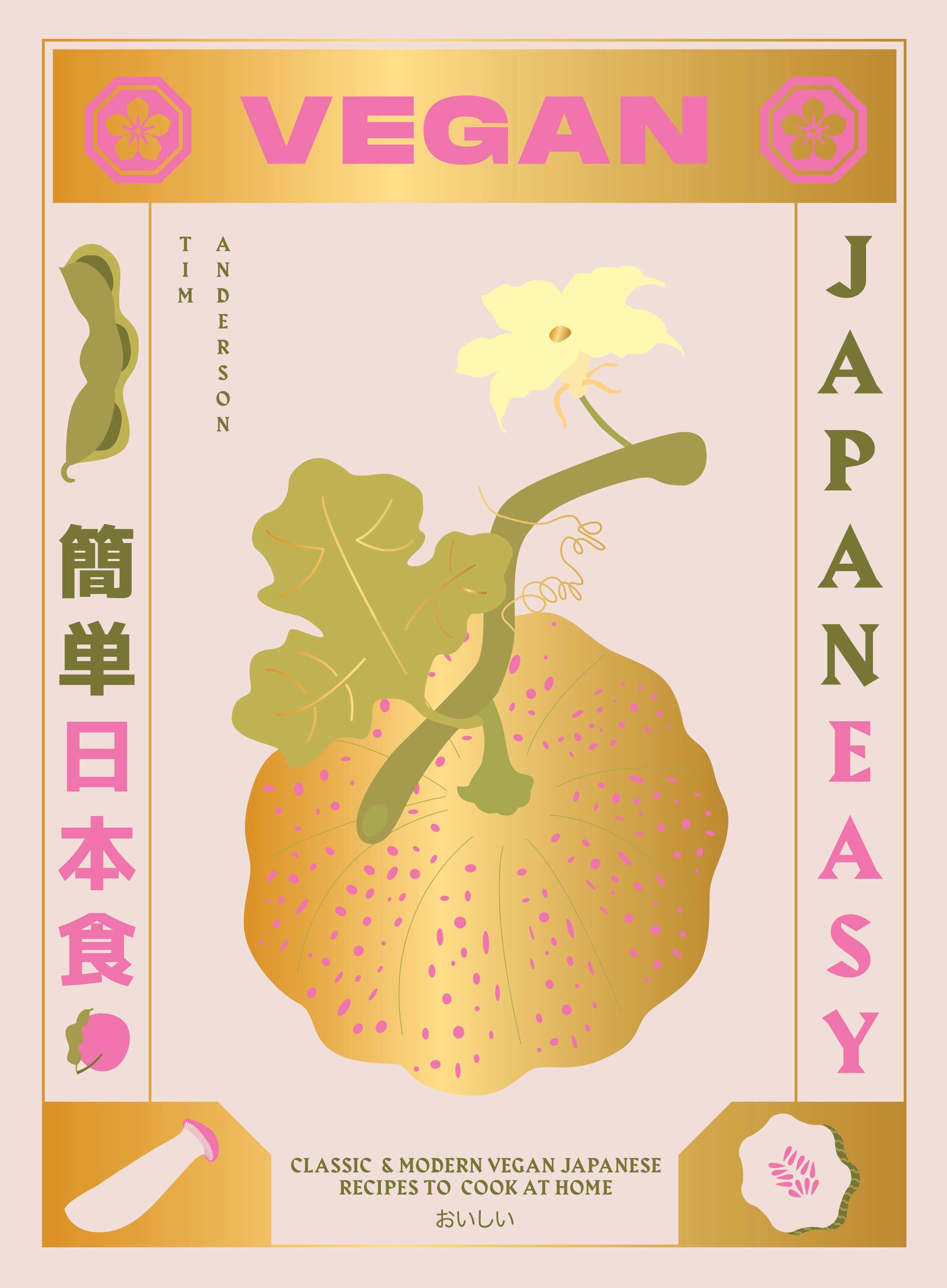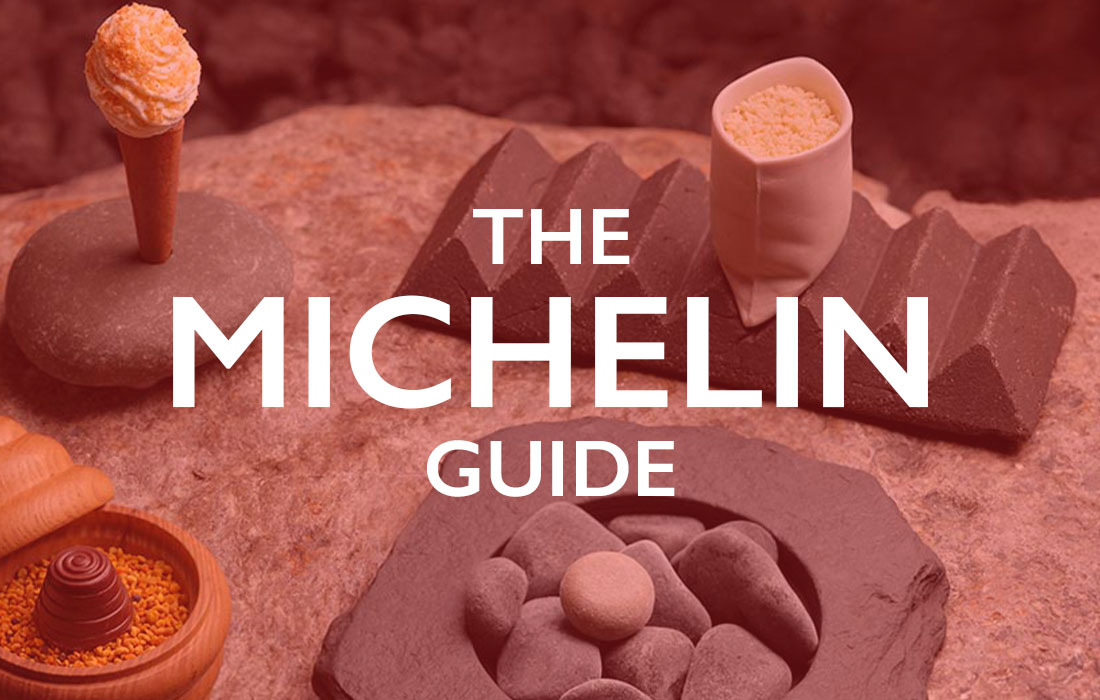Recipe of the week: Tim Anderson's ‘Ramen for Faye Wong’
Taken from Vegan JapanEasy by Tim Anderson
When I first opened Nanban, we had no vegetarian ramen on the menu. This is because I just thought vegetarian ramen was wrong. It’s a meat dish and that’s that – in Japan it’s even sometimes called nikusoba – ‘meat soba’. To make a veggie version seemed like a betrayal of what ramen is all about. But I gathered that the front of house staff were tired of having to explain why we didn’t do a veggie ramen, so I gave it a go.
This is what I came up with, and it’s delicious. We decided to name it after a vegetarian celebrity as they do with sandwiches in American delis, and eventually settled on Faye Wong, the Cantonese pop star/actor who was once named the world’s sexiest vegetarian.
Serves 4
- 1 pack (300g-350g) firm silken tofu, cut into eight rectangles
- 2tbs sake
- 100g cornflour
- 1tbs black sesame seeds
- 100ml plus 2tbs vegetable oil
- 1 sheet of nori, or 1tbs aonori flakes
- Big pinch of salt
- 1.2 litres mushroom dashi (see below)
- 90ml soy sauce
- 4tbs mirin
- About ½ daikon/mooli, peeled and cut into rounds about 2.5cm thick
- 80g-100g enoki or shimeji mushrooms, roots removed and broken into small clusters
- ¼ Chinese cabbage, cut into 2.5cm strips
- 4 portions uncooked ramen noodles
- 4 shiitake mushrooms (this is a good use for the rehydrated ones from making dashi), destemmed and thinly sliced
- 2 spring onions, finely sliced
- ½ mild red chilli, deseeded and very thinly grated
- A few strips of lemon or yuzu zest
Put the tofu into a small bowl and pour the sake over the tofu. Mix together the cornflour and sesame seeds, then carefully dredge the tofu in the cornflour mixture, ensuring it is evenly coated.
Heat the two tablespoons of oil in a non-stick frying pan over a medium-high heat and cook for a few minutes on each side, until the tofu is golden brown and crisp. Drain on paper towels and set aside.
Purée the 100ml oil, nori and salt together in a food processor until the seaweed is completely pulverised. Leave the oil to settle while you prepare the rest of the dish.
Bring the dashi, soy sauce and mirin to the boil in a saucepan, then add the daikon rounds. Reduce the heat to a high simmer, place a lid on the pan and cook until the daikon are tender, about 10 minutes. Remove the daikon with a slotted spoon and reserve.
If you’re using shimeji mushrooms, boil them in the dashi for a couple of minutes, then remove and reserve (the enoki don’t need cooking). Keep the dashi at a low simmer with a lid on the pan.
Bring a large pan of water to the boil and blanch the cabbage for one minute, then remove with a slotted spoon and reserve. Let the water come back to the boil and cook the ramen until al dente, according to the packet instructions. Drain very well.
Divide the ramen among four deep bowls, pour over the mushroom dashi and toss the noodles with chopsticks to ensure they aren’t stuck together. Top with the cabbage, daikon, mushrooms, tofu, spring onions, chilli shreds and lemon or yuzu zest. Finally, add a generous spoonful or two of the nori oil to the surface of the broth. Enjoy immediately, while watching Chungking Express, my favourite Faye Wong film.
Mushroom dashi
Makes about 350ml, plus the rehydrated mushrooms
Mushroom dashi has a gorgeously rich flavour and, as an added bonus, you can eat the mushrooms after they’re rehydrated. The porcini are not traditional, and you don’t have to use them, but I love the deep, earthy note they add.
- 10g kombu (a piece about 10cm square)
- 15g dried shiitake mushrooms, or 10g dried shiitake plus 5g dried porcini mushrooms
- 500ml cold water
Place the kombu and dried mushrooms in a saucepan with the water and set over a low heat. Slowly bring the water to a very low simmer – you should just see a few little bubbles breaking the surface. Remove from the heat, then leave to infuse for at least an hour – it will take a while for the shiitake to fully hydrate and release their flavour into the dashi.
Remove the mushrooms and squeeze them out like a sponge, then pass the dashi through a sieve and store in the refrigerator for up to a week. The mushrooms will keep in the refrigerator for about four days.
Photography by Nassima Rothacker




















